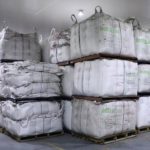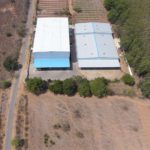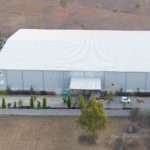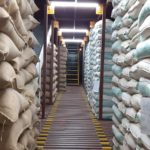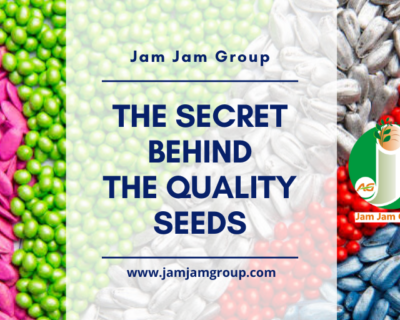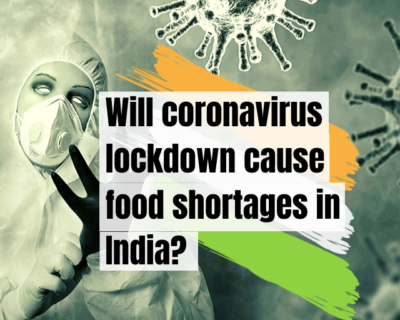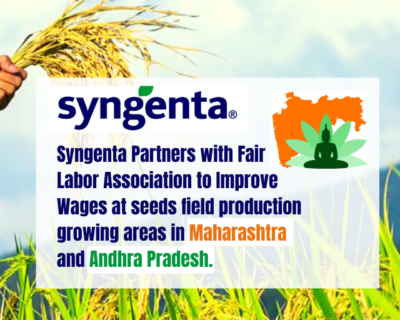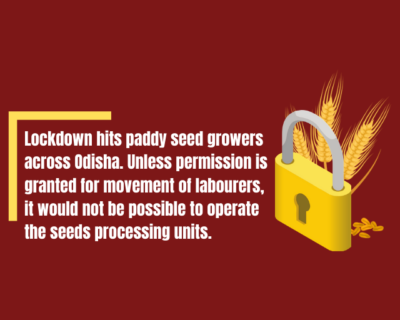Blog
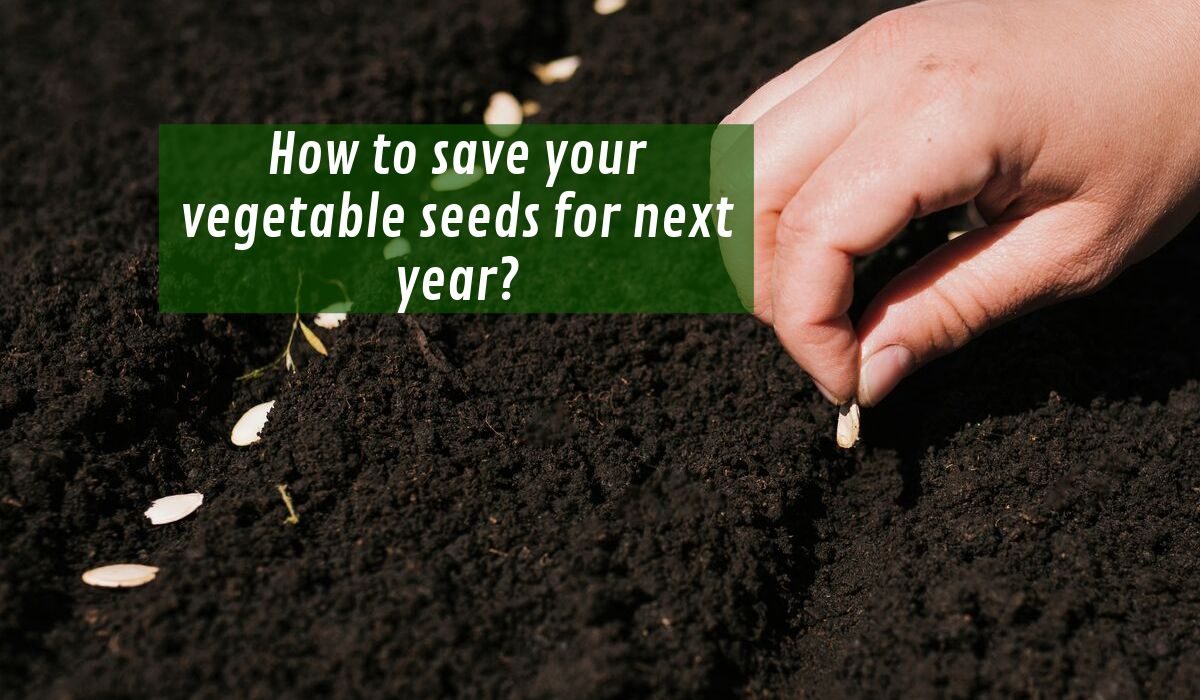
How to save your vegetable seeds for next year?
In the vegetable marketing, storage of seed plays a significant role. There are many temperature ranges for different seeds. If seeds are dried depending on the species and packed in laminated aluminum pouches, seed viability of vegetable crops can be maintained for fairly long period under ambient temperature. After harvest, seeds usually show high moisture content, so they should loose the moisture content, which allows seed conservation with minimum loss in quality. If you don’t have issues with rain, and your area has a low RH during harvest, then drying seeds may not be necessary, since they will be harvest already with low moisture content. If the seeds are from fleshy fruits, they will probably need to be dried. The final moisture content varies according to the species and it ranges between 4 to 9%. Another thing to care about is seed treatment. As most part of vegetable seeds is treated, you need to make sure that the product which the seeds will be treated with does not affect longevity. The most appropriate packages are the ones that do not allow seed to absorb moisture, and according to the chosen package, seeds of each species should be stored with the respective proper moisture content.
It is important to remember that seed moisture content and RH during storage are the most important factors in seed conservation, followed by temperature. The storage must be dry and cool. Temperatures that lower than 20°C are desirable.
Finally, none of the recommendations listed above will help if you don’t start the season with high quality seeds.
How To Store Them Properly For The Long Term:
What if you’ve got a large seed collection, or are looking to swap out varieties every other year or so? Maybe you’re being proactive and saving seed for survival purposes? The best way to store seeds long term is to create the perfect conditions for your seeds to dwell in.
The secret is in two words: cool and dry.
The temperature should not drop into sub-freezing temperatures as that kills some forms of plant embryo. It should be dark or dim, and it should be pest and critter free.
Self-pollinating plants:
Tomatoes, peppers, beans and peas area unit sensible selections for seed saving. They have flowers and seeds that need very little or no special treatment before storage.
Seeds from biennial crops like carrots or beets are durable to save since the plants want two growing seasons to line seed.
Cross-pollinated plants:
Insects can cross-pollinate cucumbers, melons, squash, pumpkins and gourds. This often results in inferior flavor and other characteristics.
Chilies are also worth collecting seed from. They will cross-pollinate with other varieties.
Open-pollinated plants:
If open-pollinated varieties self-pollinate or pollinate with alternative plants of constant selection, they set seed that grow into plants that are still very similar to the parent plant. These plants bear similar fruit and set seeds that may turn out a lot of plants that are similar.
Seed saving involves choosing appropriate plants and harvesting at the right time.
Hybrid plants:
Hybrid vegetable plants are crosses between two totally different varieties, combining traits of the parent plants. Sometimes this is especially sensible, producing plants with outstanding vigor, disease resistance and productivity. Hybrid seeds are typically dearer as they value a lot of to supply. Plants full-grown from that seed don’t seem to be a twin of the hybrid oldsters.
We recommend using a cold storage option for your seed storage. It’s compact and can be tucked into small spaces easily, and has full temperature control so you can set it to your preferred chill level.
Many people store seeds at or around 35-40 degrees, and the lower end of that scale may cause frost damage to your seed. Having a separate, temperature-controlled location for your seeds is a really good idea. You will need to have a fully sealed container to keep that moisture out. Alternately, you can add moisture-absorbing packets or fully dried rice grains to your storage box to keep humidity at bay.
How to pack your seeds?
Plastic bags are not the enemy in this type of storage, but you have to be extremely careful that no moisture is trapped inside the bag. Press out all air if possible and make sure it’s completely closed so moisture doesn’t get inside. Maintain the temperature at your optimal range. If you can, put your seeds into an opaque packet or inside an opaque box. This adds another layer of light prevention, although the temperature and humidity are the key factors in cold storage like this.
Steps to be followed to remove seeds from cold storage
When removing your seeds from cold storage, take the box or containers they’re in and do not immediately open it. Instead, set the container somewhere and walk away until it has reached ambient room temperature. Letting it warm up naturally will help out.
How long can we store?
Storing seeds depends on what type of seeds you’re storing as well as the conditions that they’re stored in.
| Type of seed variety | Seed longevity |
| Annual flower seeds | 1-3 years in optimum cold storage condition |
| Perennials | From 2-4 years |
| Corn, Spinach, Parsnips, And Alliums Such As Chives or Garlic | Shortest seed life Aim at replacing these types every year |
| Onion Or Leek Seeds, Your Bush Or Pole Beans, Your Peppers, Beets, Parsley, And Swiss Chard | Every two years |
| Lettuce, Melons, Carrots, Squash, Tomatoes, Cucumbers, Rutabagas, And Asian Greens Such As Mizuna or Bok Choy | For every three years you need to replace |
| Radish Seeds and Turnip Seeds | Can last up to four years |
| Brassicas Such As Broccoli, Cabbage, Kohlrabi, Brussels Sprouts, And Cauliflower, Kale and Collards | last 4-5 years |
Seed germination levels slowly continue to drop, making it far less likely for them to produce a healthy live plant. Seeds still in their seed pods. These should be dried before storage. For most, freezing is a risky proposition. Residential freezers conjointly aren’t as cold. This is not to say that freezing is always a bad idea. Seed storage banks do it! But seed storage banks typically flash-freeze their seeds to chill them very rapidly.
They conjointly use giant freezers that are opened at the most doubly a year, and have huge backup generators.
In the end for a freezer won’t help. Once the power goes out, your cold storage ends, and then you are back to square one. Your seeds will last longer and be more viable if stored right! Like all organic materials, seeds will break down over time.
The plant itself is dormant while hidden within its hard external casing if it’s stored properly. Keeping the plant dormant is important, but even if it is, the endosperm will gradually break down just like any other food product. It is predominantly made of starches, and those last for quite a while, but even they degrade in time. Most often, these are the seeds with the shortest lifespan.
There are other factors which will speed this degradation. Let’s examine these in a bit more detail!
- Sunlight: This is doubly true for seeds, because the light stimulates the tiny plant inside the seed.
- Soil: is more than just a source of nutrition for a plant. It’s also what keeps water right at the roots of the plant. After all, when a seed is below the soil’s surface, light may not penetrate that far, but the moisture will.
- Moisture: Can cause the outer seed wall to soften, which also opens the seed up to the risk of rot. This is the enemy when you’re trying to promote good dormancy. Along with moisture, soil temperature comes as a signal to a seed. Since most plants germinate at temperatures above 60 degrees Fahrenheit, keeping them in conditions below that should prevent your seeds from sprouting. Use some form of pest-proof containers.
Jam Jam Group – is the leading firm with the known name and rich history in seed industries. We have presence in 12 locations across India.
Best Cold Storage Services Delivered. Store With Confidence.
40 Lac CFT cold storage capacity.




